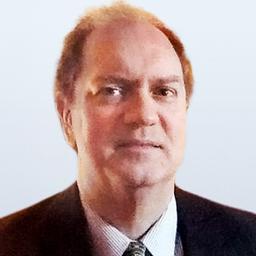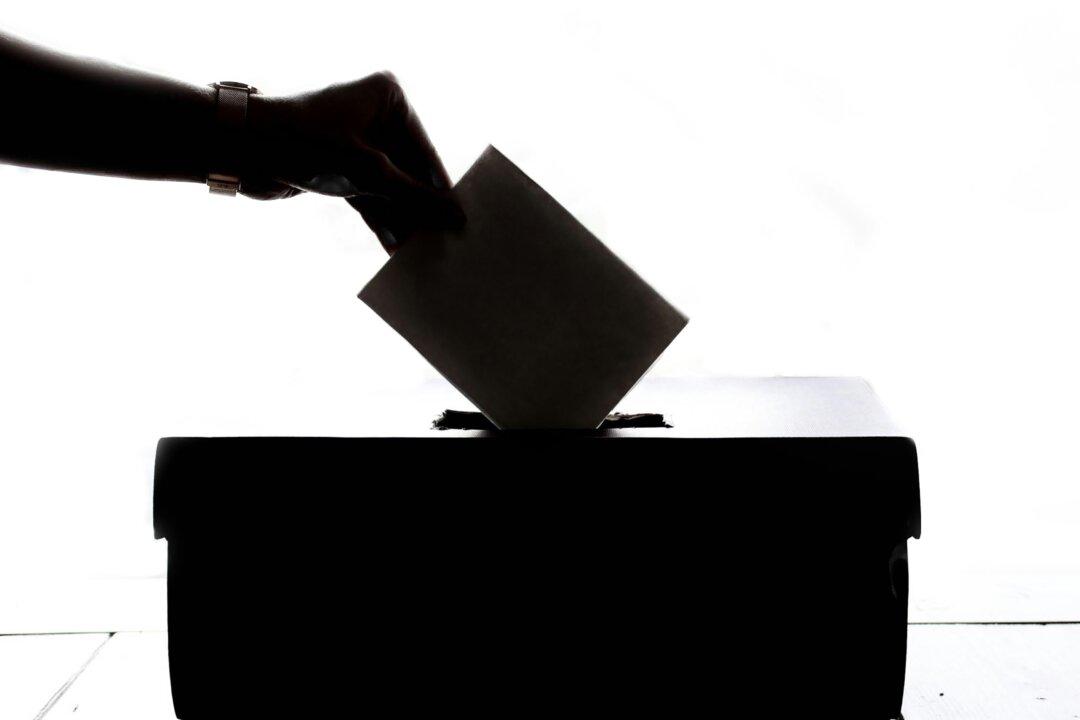Commentary
In 1984, Nobel economics laureate Milton Friedman said he would replace the Federal Reserve Board with a computer, a machine programmed to increase the money supply by no more than about 2 percent per year. The esteemed co-author of the landmark “A Monetary History of the United States, 1867–1960” knew that a series of interconnected circuits and silicon chips would be insensitive to pressure from Washington politicians. But recent days and weeks have shown that most of the flesh-and-blood members of the Federal Open Market Committee (FOMC) have less guts than Friedman’s imagined robotic monetary regulator.





